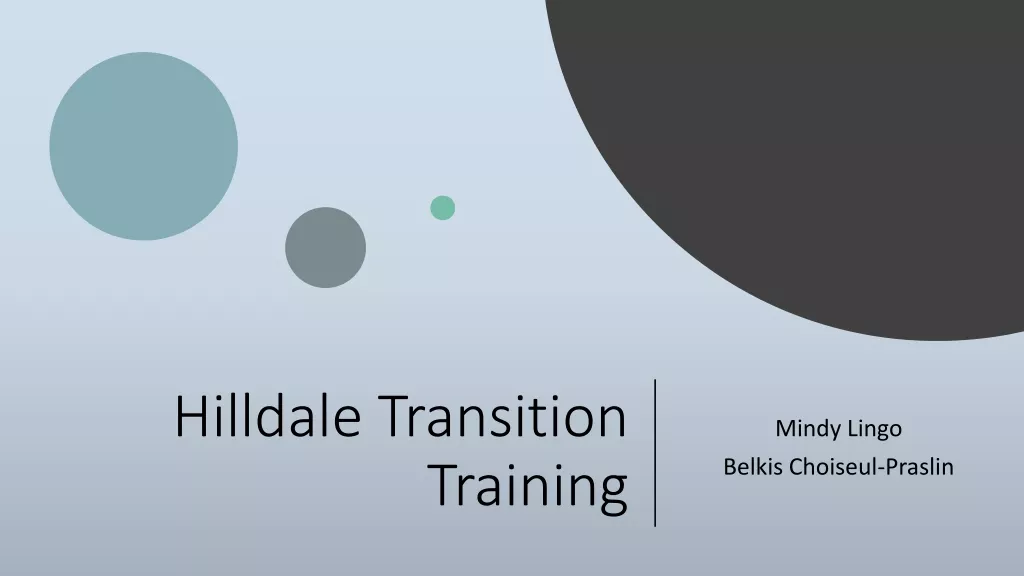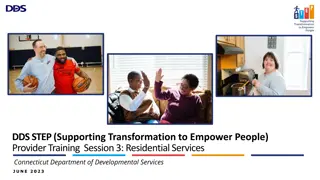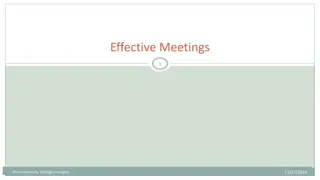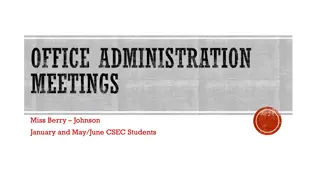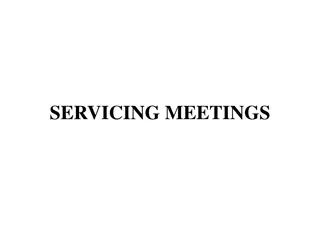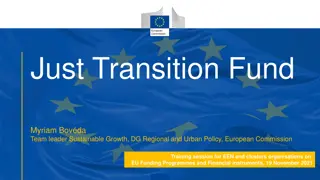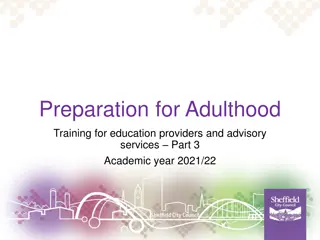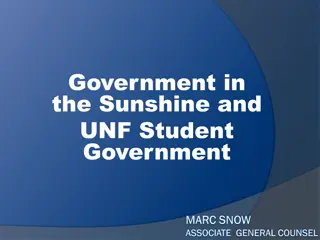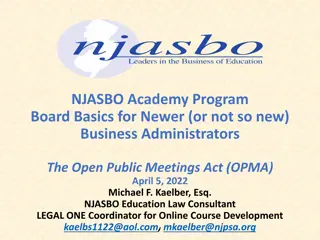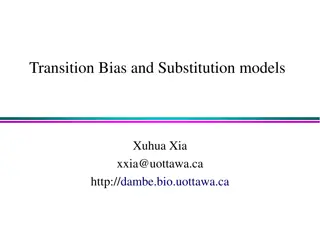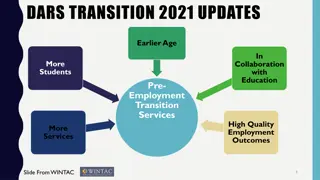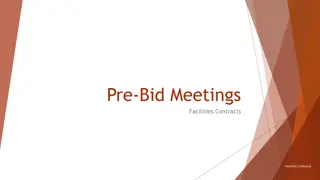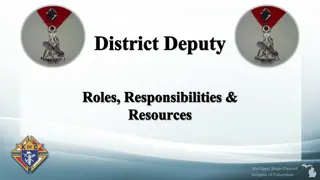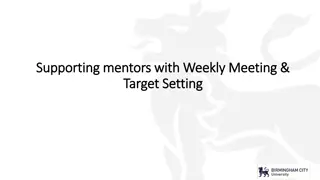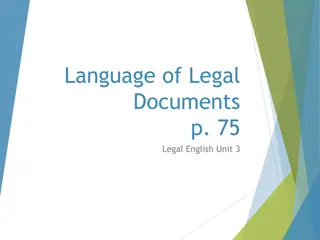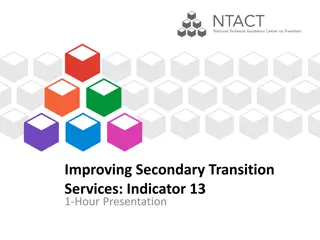Supporting Communication in Transition Meetings
This resource emphasizes effective communication strategies for supporting young people, especially those with speech, language, and communication needs, during transition meetings. It highlights challenges individuals may face and provides guidance on creating an inclusive environment where they feel valued and heard. Strategies to avoid misunderstandings and facilitate meaningful interactions are also discussed.
Download Presentation

Please find below an Image/Link to download the presentation.
The content on the website is provided AS IS for your information and personal use only. It may not be sold, licensed, or shared on other websites without obtaining consent from the author.If you encounter any issues during the download, it is possible that the publisher has removed the file from their server.
You are allowed to download the files provided on this website for personal or commercial use, subject to the condition that they are used lawfully. All files are the property of their respective owners.
The content on the website is provided AS IS for your information and personal use only. It may not be sold, licensed, or shared on other websites without obtaining consent from the author.
E N D
Presentation Transcript
Access and Communication Moving on from School at Year 11 A resource to support teachers communicating with young people in a transition meeting
This resource is designed to offer an insight into communicating with young people to support their transition, rather than promote particular approaches. Any meetings and transition planning that a school makes should reflect what is appropriate for the young person in their context.
Transition meetings pose some particular challenges for children and young people, particularly those who have speech, language and communication needs (SLCN) since the very nature of their difficulties makes it harder for them to express their views.
Following what you are saying Understanding words you are using Understanding non-literal language (idioms e.g. let s go back to the drawing board , sarcasm) Young people with additional needs may have difficulty: Using certain social skills appropriately (e.g. eye contact, body language) Interpreting your body language, intonation and facial expressions Communicating their thoughts and needs without the right support Remembering what you have said Getting their ideas across in a clear way Knowing what others might expect of them in different situations
It is vital that adults use strategies to support the young person s communication so they can feel valued and listened to in a transition meeting.
Giving too much information at once when you are talking Using complex and abstract language The teacher should try to avoid: Not giving enough time for them to process what you have said and formulate a response Pretending you have understood what they have said when really you have not Asking too many open questions if they are struggling to respond Putting pressure on them to speak if they are struggling
Without appropriate support from staff, there is a risk the young person will feel they haven t understood what s been talked about, haven t been able to say what they want to say and haven t been listened to.
Breaking down information into small chunks be conscious of how much you are saying, be concise Giving processing time after every piece of information you give You may need to tell them exactly what to do rather than expecting them to have inferred this e.g. thank you, we re finished now rather than that s everything for today The teacher can use strategies such as: Ask the young person what helps them to talk and understand Use visual supports to aid conversation (e.g. pictures/photos of what you re talking about, creating a mind map to summarise what you ve talked about and their ideas) Use simple language try and swap to a simpler word e.g. instead of consider think about, higher education college, employment work, fundamental important
Use concrete language, say exactly what you mean (avoiding idioms and sayings as they can be confusing e.g. turning over a new leaf, pull your socks up) Rephrase something if there is a simpler way to say it If the young person is struggling to think of ideas or communicate their thoughts, try: Giving examples Giving sentence starters and wait for them to finish the sentence e.g. you d really like to you don t like it when The teacher can use strategies such as: Always check they have understood you by asking them what they think they have to do or what s been talked about Clarify if you have not understood something they ve said do not pretend you have understood when you have not as this can damage their confidence more ( do you mean )
For further ideas to support communication and access to transition the following links are helpful: Transition Guide from NASEN I CAN offers practical help for supporting young people develop communication skills The Communication Trust provides resources and support to everyone who works with children and young people in England to support their speech, language and communication Useful links: Afasicprovides useful information for young people who are facing challenges with talking and understanding others. Terminology and useful prompts for supporting young people in transition meetings can be found in section 4a of resource pack An overview of using visual strategies can be In Section 4b of the Resource Pack
1 in 10 young people have a speech, language and communication need (SLCN) in the UK according to the I CAN charity Young people with SLCN are at a greater risk of transition failure and becoming NEET (Not in Employment, Education or Training) In deprived areas more than 50% of children have delayed language 60% of young people in the criminal justice system have a SLCN Young people in Year 11 are on the threshold of a significant transition and are at increased risk during critical incidents or disruptions to learning. Support and clear advice is needed for these young people. Ask the young person what helps them to understand or get their message across in conversation Get started now trying out different strategies you could focus on a couple of strategies first and see what happens Don t be afraid to ask for support: other staff and family members who know the young person well may have tips for supporting communication Reflect after conversations and think about what further strategies you could use to support the young person with communicating about their transition. Final thoughts:


